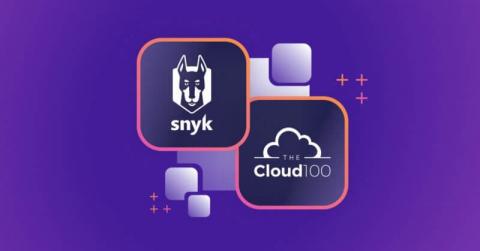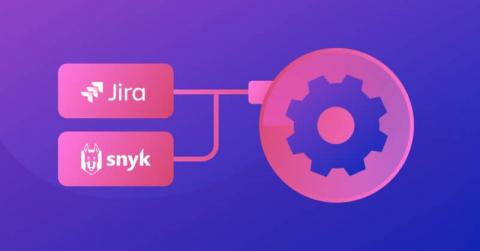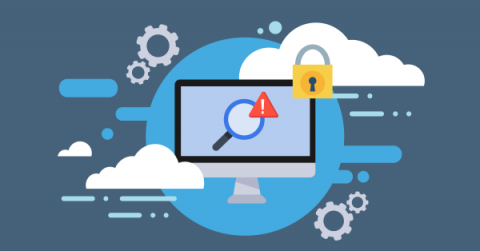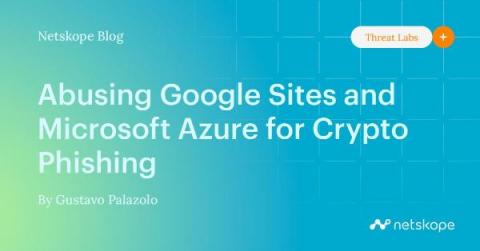Five Client-Side Web App Risks Banking & Investment Should Know
Can you name the top cybersecurity risks for banking and investment? Most would probably list cyber attacks like phishing, credential theft, DDoS, and maybe ransomware. But would it surprise you to learn that there is something on the list that many in the banking and investment industry forget–and that’s client-side cybersecurity threats. You know the kind…the ones related to jQuery, cross-site scripting (XSS), JavaScript injections, formjacking, etc.











